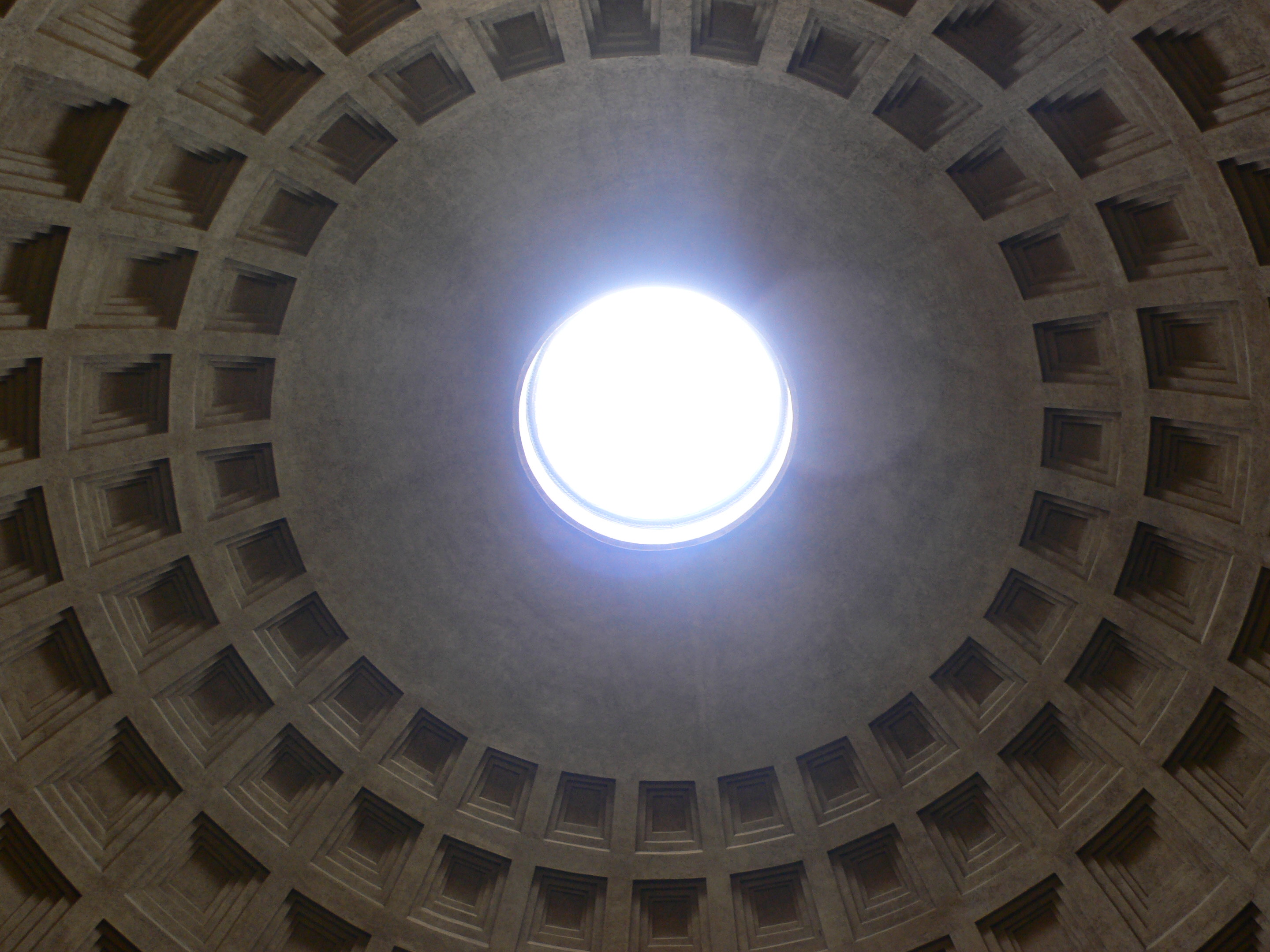In which we search all day for a Cardinal who turns out to be a Lobster...
But first, some thoughts on peddling wares in Rome. Empirically speaking, Catherine and I have noticed that the endless array of persons attempting to sell you things tend to fall into a limited series of groups. You have your selfie stick purveyors, your florists, your artists, and my own personal favorite, the African wood-carvers. The Selfie tribe tends to cluster around the big sights, Pantheon, Coliseum, and are the easiest to fend off. Avoiding eye contact can sometimes be enough. The florists, well, you've seen the damage they can inflict. Amazingly, there are several of these guys all in different places
with the same strategy. Uncanny. Do they go to professional street development classes together? What would that be like? You have to call their bluff big time or you and everyone you love is toast. We were right up to the danger zone yesterday when one florist tribesman actually went so far in his
free flower charade as to leave some on the ledge next to us. We had to quickly communicate to each other with panicked expressions.
No one move. No one move a muscle. Eventually the velociraptor got tired of baiting us and took his flowers back. We lived to walk around with change another day.
On the one hand, these peddling tactics are honed to a fine science. Yet, I do question some larger strategic decisions. For instance, if I pass over a rug with wooden elephants (and motorcycles?), am I likely to purchase identical items only ten feet later? Or from a third twenty feet later? Maybe it breaks tourists down, Sahara style. Or perhaps it is shrewd visual bombardment so that by the time you get to the fourth, your visual cortex is so primed for wooden elephants that it's basically a stimuli-response situation. I don't know. I also don't know where I'm going to put them all...
Oh, we did find Trajan's column the other day, which was pretty much like Marcus Aurelius' column except it is next to the
altare della patria which is a massive marble structure in the Venetian plaza. I like to think of it as an architectural explosion of worship to the secular Italian state. St. Peter on top of Trajan's column is giving it the cold shoulder. He does not approve of State-Gods.
On Sunday, we managed to make it to St. Mary Major for mass. This is, quite possible, the most impressive church I've ever seen. Shout out to Romanesque. It also didn't hurt that three bishops were celebrating and a massive Corpus Christi procession took place. First impressions are just so important. Stephen decided to up the ante by making women hold his hand
in line for communion. Unbelievable. A cardinal also saw me strolling him around and gave me a pat on the back while still moving. Sort of awesome, but hard to interpret such a vaguely bro-tastic move. Was he saying 'been there, man'? Unlikely. 'Keep on keeping on'? Possibly.
When we left mass we were greeted by a sea of Filipinos engaged in a colorful parade. Turns out that it was a Marian parade. It also turns out that they take such parades quite seriously. It was a kind of Litany of Loreto meets women from the Old and New Testament meets all the flowers and balloons they could get their hands on. All in all, pretty great.

Today was Coliseum day. We happily joined the bustle of tourists walking from the center of town past the ruins and to that most recognizable icon of ancient Rome. The peddlers were out in force. I tried stonewalling one but he had a parakeet which he put on my shoulder as I was walking past. What was I supposed to do? Walk faster? Well played, parakeet man, well played. We did manage to walk around the entire structure with little Stephen. The structure is staggering, although it was a little strange to imagine brutal contests to the death and criminal executions going on for sport in a building that one bazillion people are using as a background for their duck-face pictures. I think the marble was stripped at one point to be used for churches. A practice with which I am totally on board with (it complements the repurposing of Roman siege engines for cathedral construction quite nicely). A sort of 'plunder the Egyptian gold' situation.



But I haven't even talked about today's main attraction:
San Pietro in Vinculo. Apparently, not far from the Coliseum there is a basilica tucked away called St. Peter in Chains, a reference to the book of Acts and the record of his imprisonment in Jerusalem. Even though the church is close, it's still off the beaten track and it took us forever to find it. It also closes from 12:30 to 3:00, so after we found it we had to come back later. However, it was 100 percent worth it for two reasons.
1) It houses Michelangelo's statue of Moses
2) Cardinal Nicholas of Cusa is buried there.
The Michelangelo is self-explanatory...
but Cardinal Nicholas is a recent favorite of mine and keeps coming up as a favorite of many awesome German-speaking people, Gadamer, Blumenberg, Balthasar, you name it. He's one the last great interpreters of Dionysus in the West as well as a Renaissance man of many talents scientific, political, and philosophical. So, discovering that his final resting place was in Rome and that I could see it was an unexpected gift. He is depicted in the church as kneeling with his cardinal's hat at St. Peter's feet as an angel is breaking the apostle's chains on there side. Glorious.
Also, looks like his crest was a lobster. Hilarious.















































